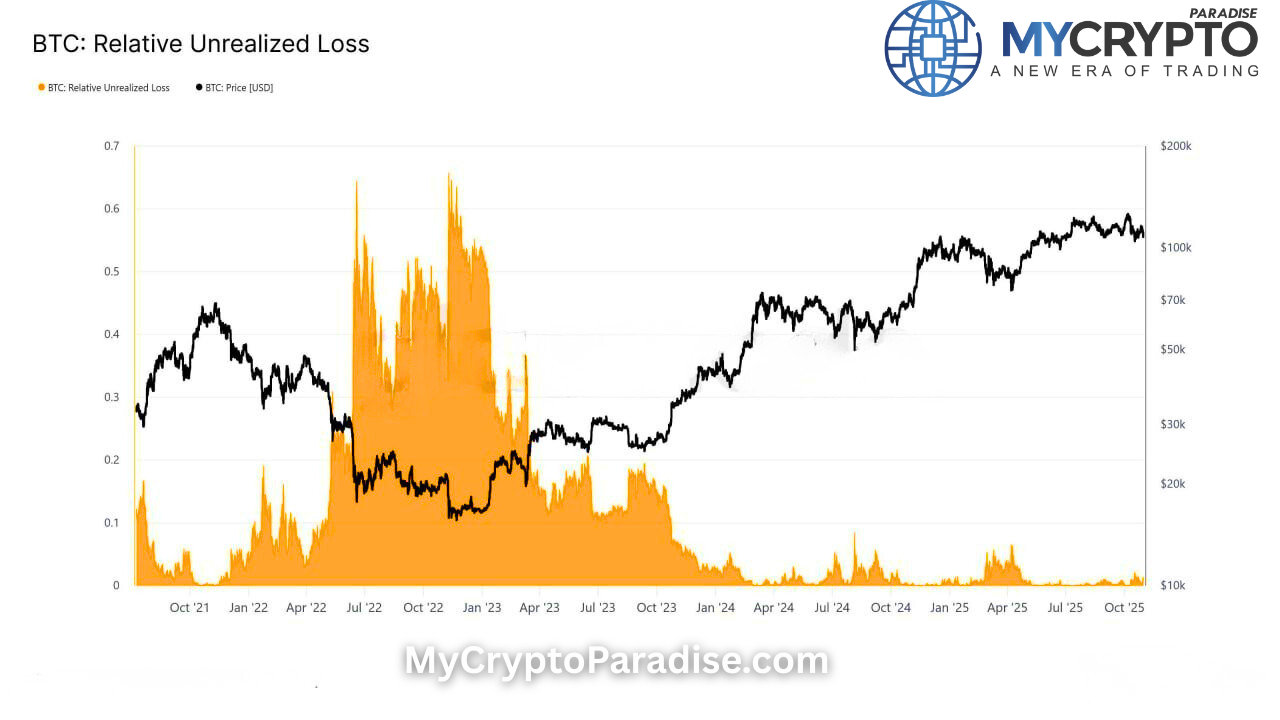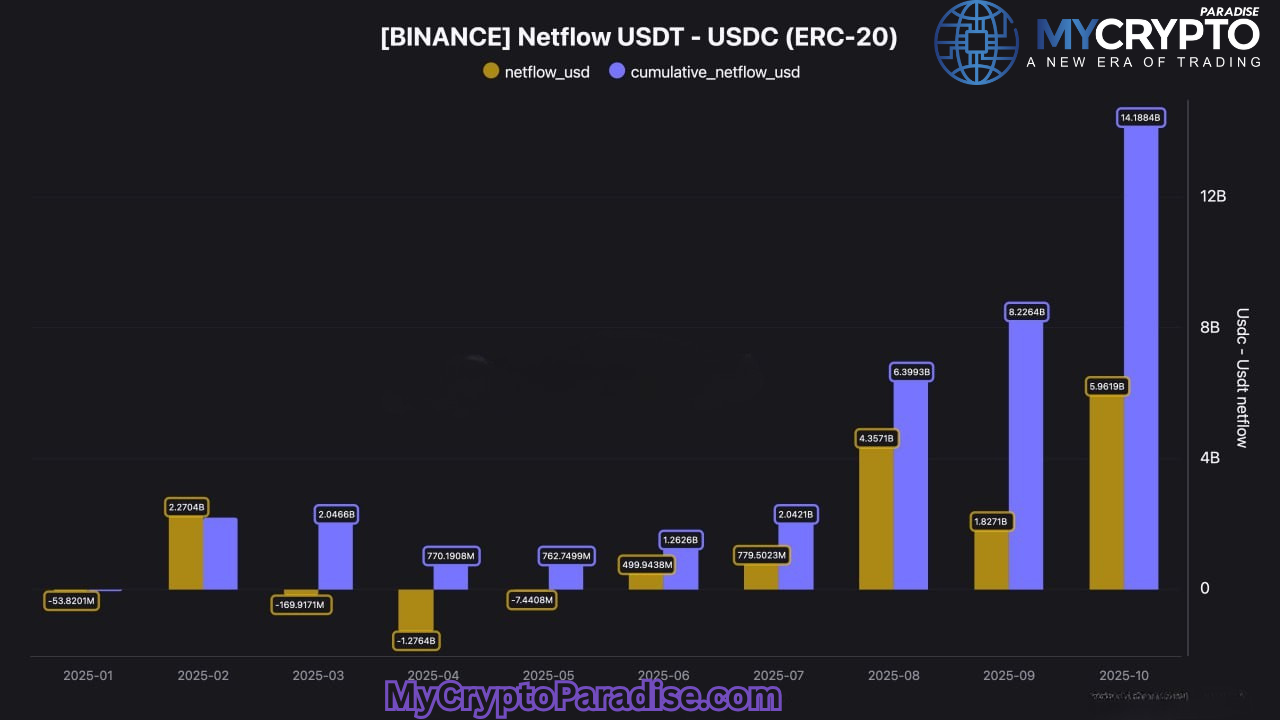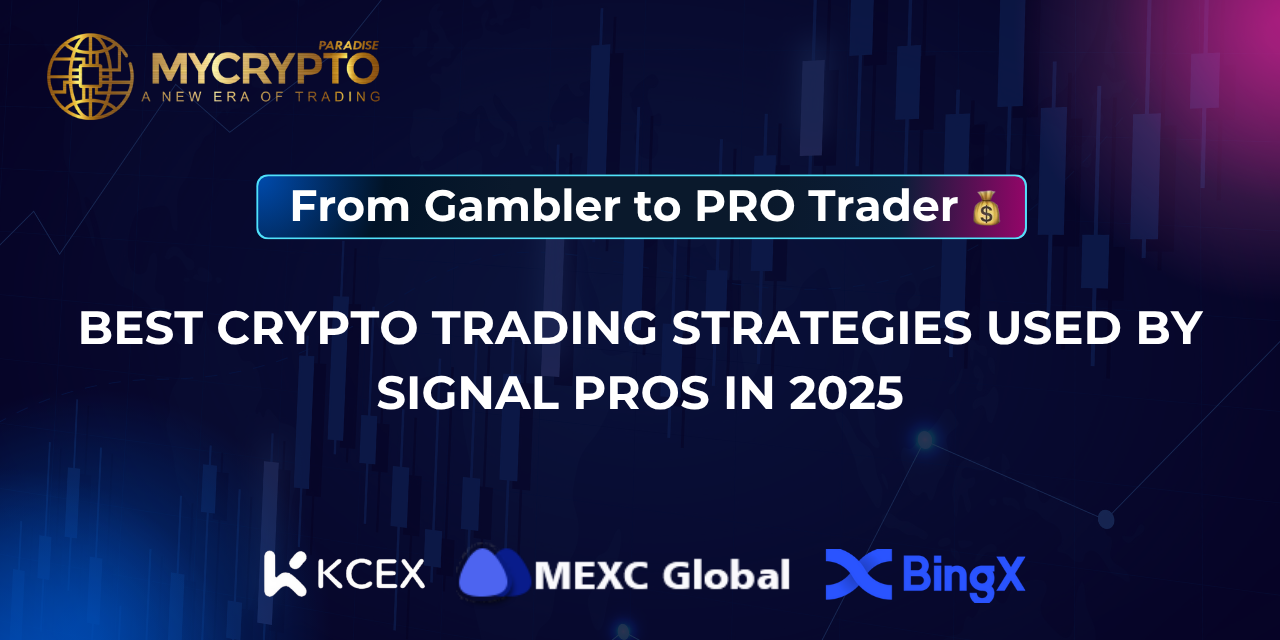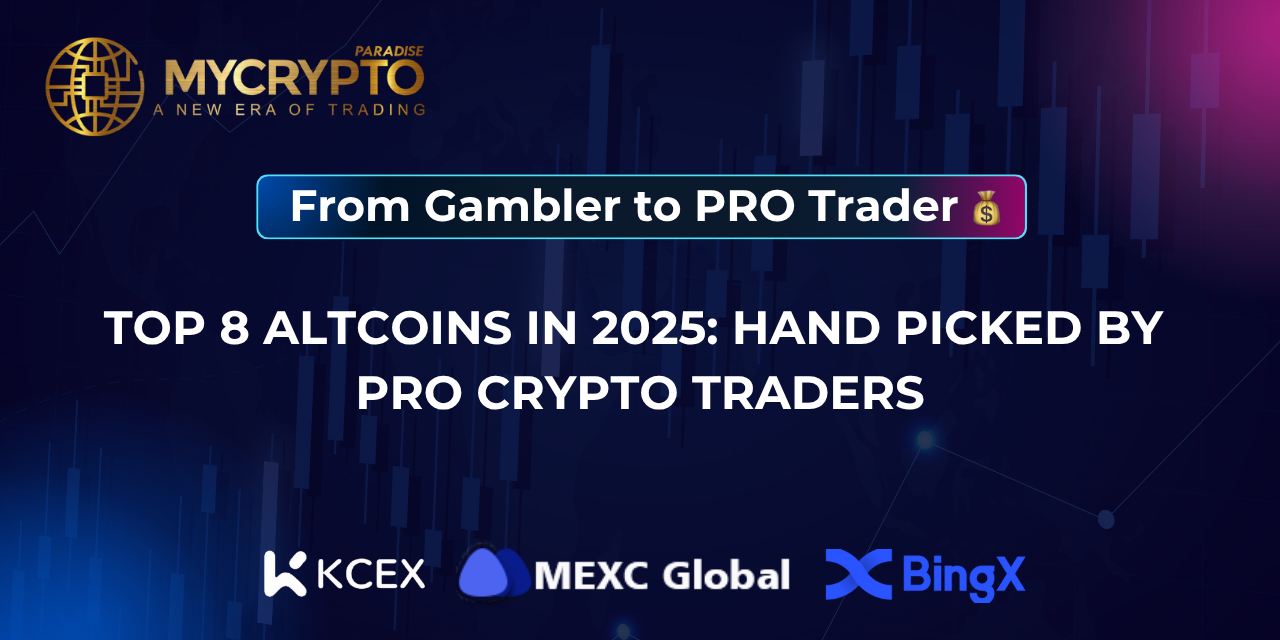Did the U.S. Just Put the Economy on the Blockchain?
Key Highlights
• Washington begins distributing macro data directly on Bitcoin, Ethereum, Solana, and other blockchains.
• Chainlink, Pyth, and major crypto exchanges power the effort to make U.S. economic stats “immutable.”
Yello Paradisers! For years, traders joked about “on-chain GDP.” As of Thursday, it’s no longer a joke. The U.S. Department of Commerce has officially begun publishing critical macroeconomic data, GDP growth, PCE inflation, and more, directly onto public blockchains.
Anchored through Chainlink and Pyth Network oracles, this data is now verifiable on Bitcoin, Ethereum, Solana, Avalanche, Arbitrum, Optimism, and several others. The Department calls it a way to make America’s “economic truth immutable.” Translation: Wall Street and DeFi just got the same data feed, at the same time, stamped in code.
Why It Matters
Data that once lived in spreadsheets and press releases is now being hashed into blockchain history. The government insists this isn’t replacing traditional releases, but rather creating a tamper-proof mirror for the world to see.
Commerce Secretary Howard Lutnick didn’t downplay the symbolism: “We are making America’s economic truth immutable and globally accessible like never before. And everybody has to admit that 3.3% GDP growth is impressive.”
The move could transform how prediction markets, tokenized assets, and automated trading systems operate. Imagine DeFi protocols rebalancing in real-time off official GDP numbers, or stablecoin yields shifting instantly when inflation prints hotter than expected.
The Nuts and Bolts
The launch covers six key metrics from the Bureau of Economic Analysis. Updates will hit blockchains monthly or quarterly, depending on the data series. Coinbase, Gemini, and Kraken helped facilitate the rollout, providing the crypto needed to cover transaction fees.
A blend of hashes and oracle feeds ensures data integrity, the government’s answer to “what if someone changes the numbers?” The idea: once GDP growth is stamped into Bitcoin’s chain, it can’t be quietly revised away.
Bigger Picture: The Trump Factor
This is more than a technical curiosity; it’s a political statement. Under President Donald Trump, the self-described “Crypto-President,” blockchain has gone from experiment to infrastructure. Alongside promoting dollar-backed stablecoins and exploring blockchain for government efficiency (with a nudge from Elon Musk), this step pushes the U.S. further into crypto integration.
For traders, it blurs the line between Wall Street, Washington, and Web3. If America’s own economic pulse now beats on-chain, how long before markets price off it in real-time?
Paradisers, We Told You This Was Coming
In our streams, we flagged the government’s pivot toward on-chain data feeds weeks ago. Now it’s here, and it changes how markets digest information.
To know what these moves mean for your trading strategy, not just today, but for the next decade of blockchain-based finance, catch our latest YouTube analysis. And if you want the play-by-play breakdown of how this will ripple through DeFi and crypto markets in real time, join MCP News Private for just $3/month. Coffee costs more, but coffee won’t tell you when the U.S. government is about to put inflation prints on Solana.













